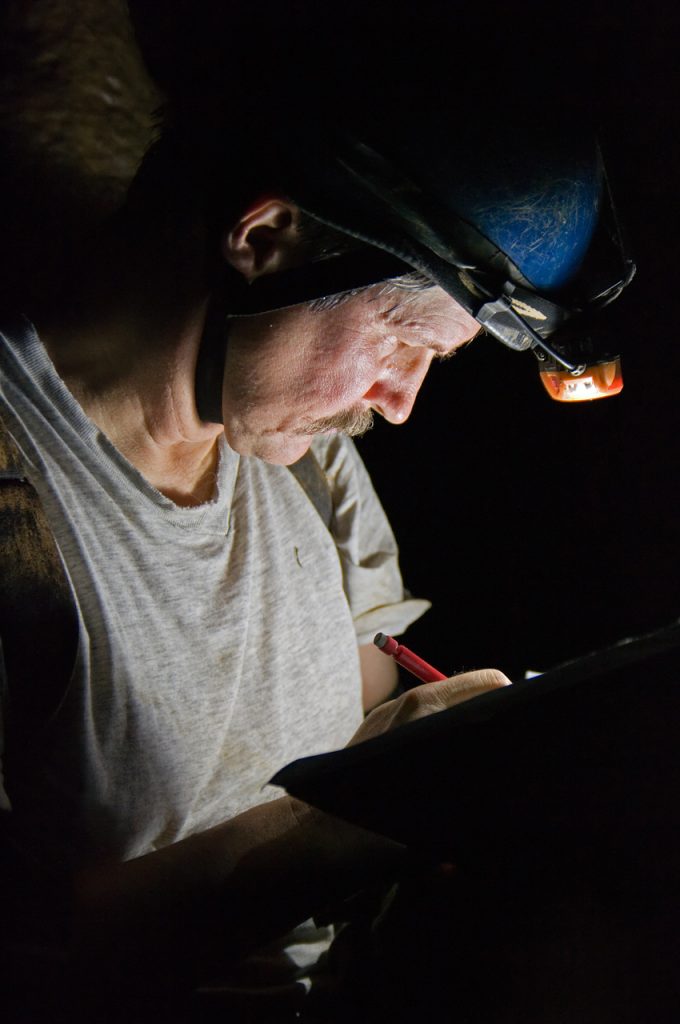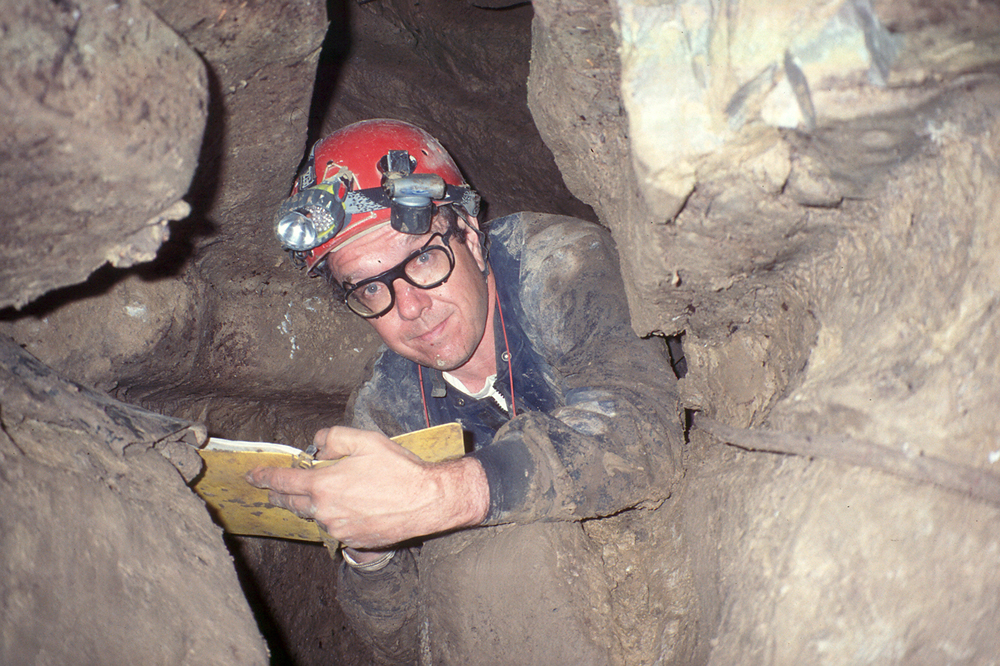History
Initially, a member in Bloomington, Indiana, had maintained an extensive database on a main frame computer. This became the foundation of the Survey’s database which was moved to a “flat file” database in an IBM PC format application.

Originally, the task of organizing information to be included in the master database was the responsibility of multiple ICS County Directors. County Directors were responsible for updating the data files for one or more counties. All Cave Report Forms were sent to the appropriate County Director who enters the electronic data and gathers other related information into a paper file. A copy of the paper file is then sent to The Archivist. Once a year, the County Directors send their electronic files to the Master Database Custodian and the master database is updated.
In 2008, the database was migrated from a decentralized PC-based database to an internet-based interactive database allowing real-time access to all data (rather than annual updates). Since that time, many enhancements and the expansion of functionality has been incorporated to the on-line database
In 1996, the old “flat-file” application was abandoned and the database was moved to a more modern, relational database. This allows for better access of the information through increased sort and printing options as well as portability to other database applications.
The Indiana Cave Survey also encourages survey activity, drafting of accurate cave maps, publication of cave descriptions, and exploration to contribute to the general knowledge and understanding of caves and karst.
As part of this effort several tasks for the Indiana Cave Survey were identified. One was to maintain a database of all caves as well as other karst features such as springs, sinks and swallowholes, and even openings which do not currently meet the Survey’s definition of a cave (25 feet or more in length, depth, or a combination of the two).

Throughout it’s history the Survey has cooperated with other organizations including the Hoosier National Forest’s Karst Analysis Research Survey Team (K.A.R.S.T.) project, a cave resource committee, also with the HNF, sponsorship of the annual Indiana Cave Symposium with the Indiana Karst Conservancy, and most recently with The Nature Conservancy on their Blue River Project. From time-to-time, the Survey is asked to supply information on karst features in a particular area as preparation for housing or industrial development, well drilling, or road construction. The ICS has affiliated with the The National Speleological Society and is listed as a Survey of the Society.
The governing body of the Indiana Cave Survey consists of six elected Officers: President, Vice President, Secretary, Treasurer, and two Board Members. Elections are held at the December meeting and terms run for one calendar year.
There are a number of positions that are appointed by the President with membership approval. These include the County Directors, the Archivist, the Master Database Custodian, and the Editor of the newsletter, The Indiana Cave Survey Notebook. The newsletter is published before each quarterly meeting, and serves as a meeting notice to the membership. The President’s Message, previous meeting minutes, and a current membership roster are regular features of the newsletter.
The Indiana Cave Survey, Inc is a non-profit corporation registered in the state of Indiana. For more detailed information about the structure and organization of The Indiana Cave Survey, please read The ICS Constitution and Bylaws